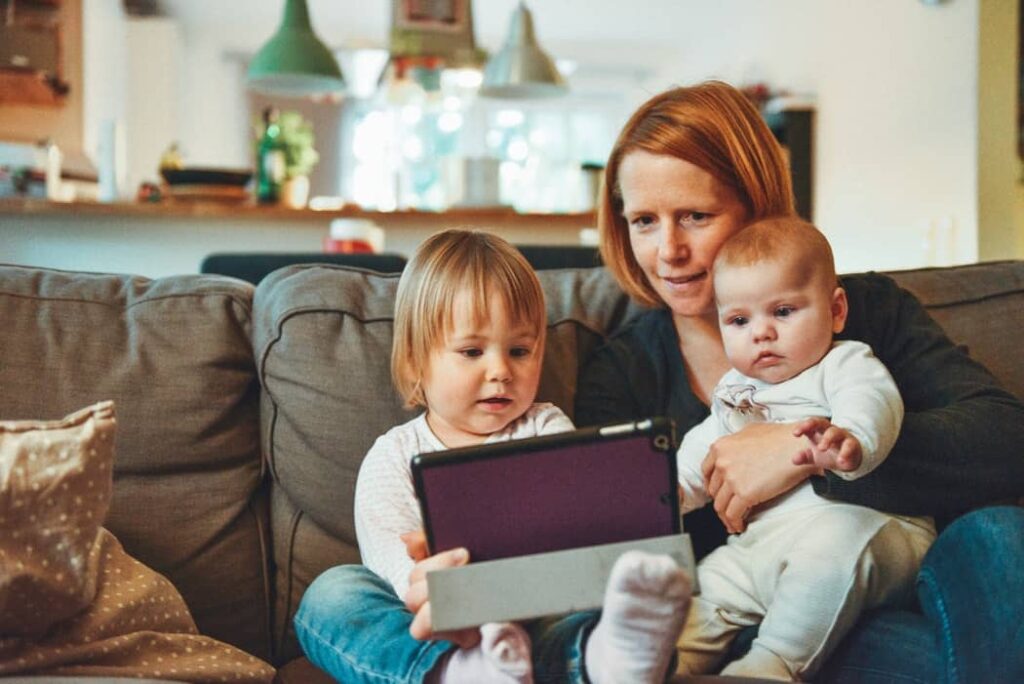As we continue to look at ways to develop and support positive interactions with children, we need to fist consider what things our kids need. Naturally, we have talked about some things they don’t need, like lectures, negative feedback and inconsistencies. So, what are ways we can encourage positive behavioral responses?
Keeping messages positive is a great way to shape the behavior you want! In any situation think about what you want the child to do and how you can help them achieve this. This can easily be achieved by stating the desired behavior, “I like it when you…” If you see them do something well, or easily, be sure to comment on it, “I saw you did a great job……that was really helpful!”
If we pay attention to what the child did correct the behavior is likely to happen again, and then we are not just giving them attention when they are fussy and whining but rewarding desired behavior with positive affirmation!
Stating your expectations is another key strategy to increasing a child’s ability to respond positively. Just like with adults, clear and specific expectations decrease the opportunity for ambiguity. Rather than a request to “clean up,” be specific about tasks to be completed, “I need you to get your blocks and Legos put away before bath time.”
Understandably, parents are often frustrated with their children delaying and stretching out the bedtime routine. A great strategy to help with this is to let them know a time limit, set the timer for yourself to make sure you stick to this and the time doesn’t drag on. You can start with 5 minutes, but feel free to give them 1- or 2-minute reminders as a courtesy and learning curve.

Reinforcing their ability to get cleaned up quickly is a sure strategy to get the behavior to happen again. Verbal acknowledgement is always appropriate and necessary, but it is also good to have something they can earn, like a story before bed when they get cleaned up quickly and without argument. If they are not following directions and getting things cleaned up in a timely and unargumentative way, it is o.k. if you don’t read a bedtime story. Just as we reward positive behavior, we can also discourage undesired behavior. By doing so, they will quickly learn what they need to do to earn the bedtime story.
Providing children with choices is another strategy that will lead to positive behavioral changes. There are keys to making this a success. Always provide choices of what you want them to do and limit the choices you are providing them with. Choices can also be stated positively, “Do you want to clean up your blocks first, or get your Legos cleaned up first?”
When presenting choices like this, it is important to not engage in discussion about anything else with your child and keep it to the choices provided. You can also use choices as positive reinforcement, “If we can get this done quickly, and without argument, then we will have time to…” It’s important to make sure your choices are reasonable and within your capability of providing. It is also important to reinforce the child’s ability to make a “good” choice like, “I am so excited you got your toys cleaned up! That means we have time to read a story!”
To create better positive interactions and reinforce desired behaviors, consider using these time-tested tips, and you’ll find your child will naturally start completing tasks with little reminder or stress. Best of all, your relationship will grow stronger as you two spend more time together on activities you enjoy!
Ready to start working with passionate professionals to further your child’s progress? Partner with Greater Learning LP’s dedicated, experienced speech-language pathologists today! Call Greater Learning LP today!


0 Comments